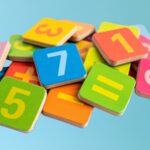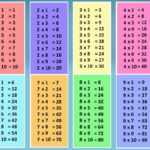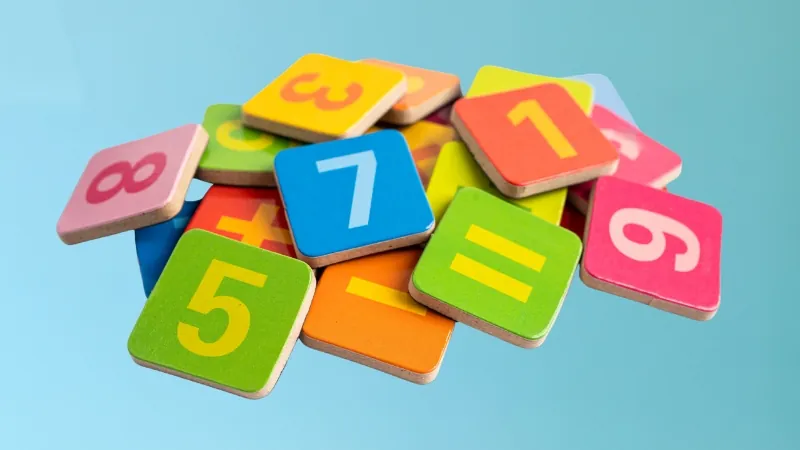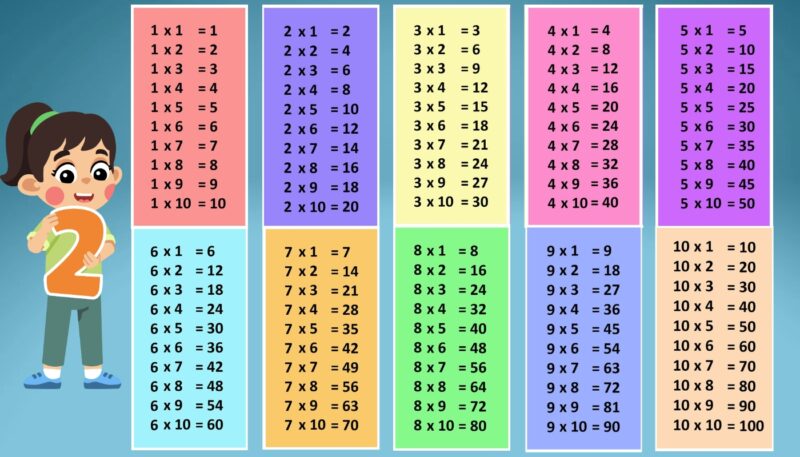
Share Post:
Multiplication tables serve as a fundamental tool in arithmetic, presenting the products of numbers in an organized manner. It simplifies calculations, making math operations faster and more efficient.
Historically, multiplication tables date back to ancient civilizations, with notable examples seen in Babylonian clay tablets and Chinese mathematical records. Over time, they have remained essential in education, forming the backbone of mental math skills.
Mastering these tables builds confidence in problem-solving and lays a solid mathematical foundation for advanced topics.
Table of Contents
ToggleMultiplication Tables from 1 to 20
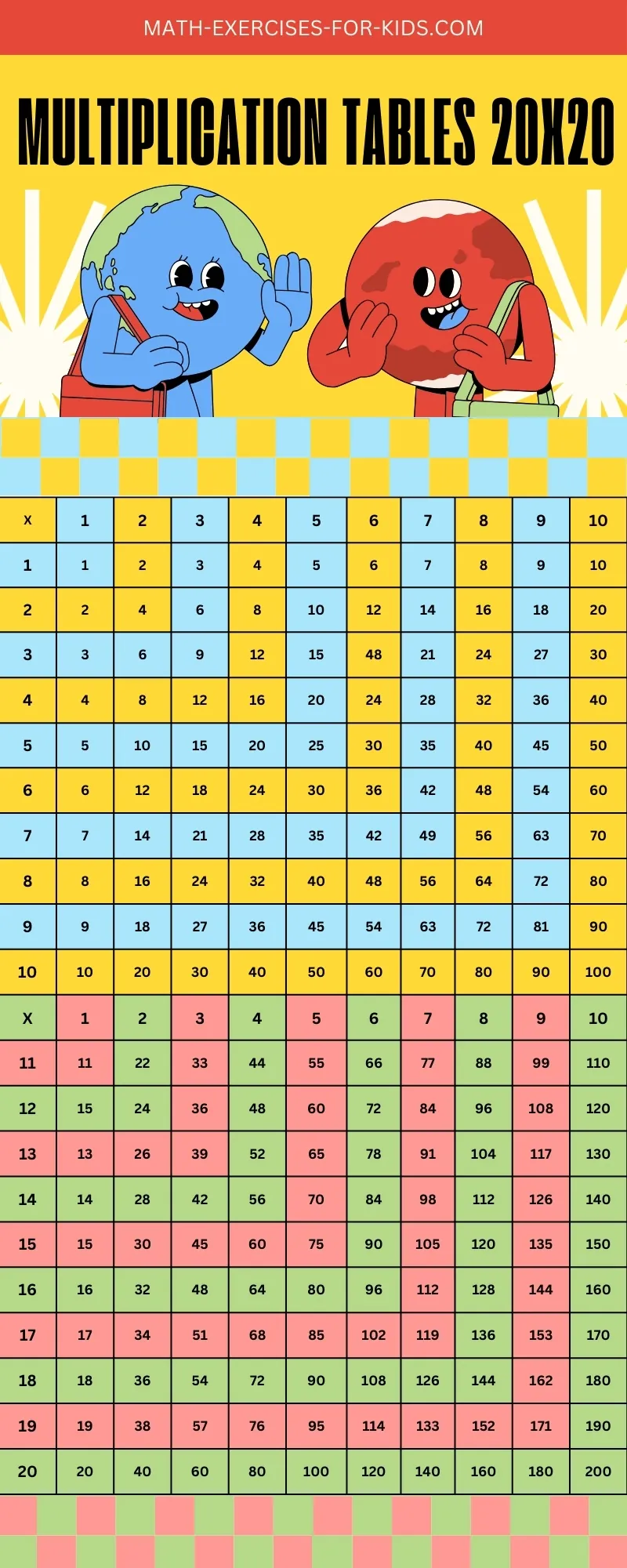
Multiplication tables serve as a foundation for numerical fluency. They simplify arithmetic operations, improve problem-solving speed, and enhance mental calculation skills.
Tables up to 10 are commonly introduced in early education, while those up to 20 provide a stronger base for more complex calculations.
Mastery of these tables allows for quick and accurate mathematical reasoning, which is essential in daily life, academic studies, and professional fields.
Tables 1 to 10
The first ten multiplication tables introduce the basic structure of multiplication. These tables are widely used in daily life for quick calculations, such as determining prices for multiple items, measuring quantities, and solving elementary-level math problems.
| × | 1 | 2 | 3 | 4 | 5 | 6 | 7 | 8 | 9 | 10 |
|---|---|---|---|---|---|---|---|---|---|---|
| 1 | 1 | 2 | 3 | 4 | 5 | 6 | 7 | 8 | 9 | 10 |
| 2 | 2 | 4 | 6 | 8 | 10 | 12 | 14 | 16 | 18 | 20 |
| 3 | 3 | 6 | 9 | 12 | 15 | 18 | 21 | 24 | 27 | 30 |
| 4 | 4 | 8 | 12 | 16 | 20 | 24 | 28 | 32 | 36 | 40 |
| 5 | 5 | 10 | 15 | 20 | 25 | 30 | 35 | 40 | 45 | 50 |
| 6 | 6 | 12 | 18 | 24 | 30 | 36 | 42 | 48 | 54 | 60 |
| 7 | 7 | 14 | 21 | 28 | 35 | 42 | 49 | 56 | 63 | 70 |
| 8 | 8 | 16 | 24 | 32 | 40 | 48 | 56 | 64 | 72 | 80 |
| 9 | 9 | 18 | 27 | 36 | 45 | 54 | 63 | 72 | 81 | 90 |
| 10 | 10 | 20 | 30 | 40 | 50 | 60 | 70 | 80 | 90 | 100 |
Memorizing these tables eliminates the need for repeated calculations, making problem-solving faster. They also build a foundation for learning division, fractions, and percentages.
Before diving deeper into multiplication, it’s essential to understand the fundamental types of numbers in math, as they form the basis of all multiplication operations.
Having a 1 to 10 table near wherever you need is always a good idea.
Tables 11 to 20
Once the fundamental tables are mastered, progressing to tables beyond 10 further improves mathematical efficiency. These tables are especially useful for more complex multiplication, quick mental calculations, and advanced mathematics, including algebra and geometry.
| × | 11 | 12 | 13 | 14 | 15 | 16 | 17 | 18 | 19 | 20 |
|---|---|---|---|---|---|---|---|---|---|---|
| 1 | 11 | 12 | 13 | 14 | 15 | 16 | 17 | 18 | 19 | 20 |
| 2 | 22 | 24 | 26 | 28 | 30 | 32 | 34 | 36 | 38 | 40 |
| 3 | 33 | 36 | 39 | 42 | 45 | 48 | 51 | 54 | 57 | 60 |
| 4 | 44 | 48 | 52 | 56 | 60 | 64 | 68 | 72 | 76 | 80 |
| 5 | 55 | 60 | 65 | 70 | 75 | 80 | 85 | 90 | 95 | 100 |
| 6 | 66 | 72 | 78 | 84 | 90 | 96 | 102 | 108 | 114 | 120 |
| 7 | 77 | 84 | 91 | 98 | 105 | 112 | 119 | 126 | 133 | 140 |
| 8 | 88 | 96 | 104 | 112 | 120 | 128 | 136 | 144 | 152 | 160 |
| 9 | 99 | 108 | 117 | 126 | 135 | 144 | 153 | 162 | 171 | 180 |
| 10 | 110 | 120 | 130 | 140 | 150 | 160 | 170 | 180 | 190 | 200 |
Mastering these tables allows for easier calculations in real-world scenarios, such as business transactions, budgeting, and financial planning. They also support higher-level mathematical concepts, including ratios, proportions, and algebraic expressions.
You can download an 11 to 20 table right here.
Importance of Learning Tables up to 20

Learning multiplication tables up to 20 has several advantages that extend beyond elementary mathematics.
Enhances Mental Calculation
Quickly recalling multiplication facts reduces reliance on calculators. This is particularly beneficial in timed tests, professional fields, and everyday problem-solving.
Improves Accuracy in Math
Higher multiplication tables simplify complex operations such as long multiplication, division, and algebraic problem-solving. Fluency in these tables helps prevent miscalculations.
Strengthens Logical Thinking
Recognizing number patterns in multiplication aids in developing strong reasoning skills. It also builds a solid foundation for mathematical concepts like prime numbers, factors, and exponents.
Prepares for Competitive Exams
Many standardized tests require rapid calculations. Those proficient in multiplication tables can handle these problems quickly, improving performance in subjects such as physics, chemistry, and economics.
Useful in Daily Life
Multiplication is used in budgeting, shopping, construction, and several other practical scenarios. For example, calculating discounts, estimating costs, and managing time efficiently rely on multiplication skills.
Supports Career Fields Requiring Mathematical Precision
Engineers, scientists, financial analysts, and computer programmers all benefit from strong multiplication skills. Quick mental calculations make problem-solving more efficient and effective in technical professions.
By committing multiplication tables up to 20 to memory, individuals gain a stronger mathematical foundation that extends into academic and professional success. Regular practice, interactive exercises, and real-world applications reinforce these skills over time.
Test Your Multiplication Skills
Think you’ve mastered multiplication tables up to 20? Now it’s time to put your skills to the test! Take this quick and fun multiplication quiz to see how well you can recall multiplication facts.
Can you score a perfect 10? Let’s find out!
Correct!
Wrong!
Correct!
Wrong!
Correct!
Wrong!
Correct!
Wrong!
Correct!
Wrong!
Correct!
Wrong!
Correct!
Wrong!
Correct!
Wrong!
Correct!
Wrong!
Correct!
Wrong!
Share the quiz to show your results !
Subscribe to see your results
I got %%score%% of %%total%% right
Loading...
Multiplication Table 20×20
A 20×20 multiplication chart expands multiplication skills far past the standard 10×10 grid, providing a broader numerical range for quick calculations. Instead of stopping at ten, this table extends to 20, allowing users to multiply larger numbers without needing repeated calculations.
It serves as an advanced reference tool for students, professionals, and anyone dealing with numbers regularly.
| Multiplication | Result |
|---|---|
| 20 × 1 | 20 |
| 20 × 2 | 40 |
| 20 × 3 | 60 |
| 20 × 4 | 80 |
| 20 × 5 | 100 |
| 20 × 6 | 120 |
| 20 × 7 | 140 |
| 20 × 8 | 160 |
| 20 × 9 | 180 |
| 20 × 10 | 200 |
| 20 × 11 | 220 |
| 20 × 12 | 240 |
| 20 × 13 | 260 |
| 20 × 14 | 280 |
| 20 × 15 | 300 |
| 20 × 16 | 320 |
| 20 × 17 | 340 |
| 20 × 18 | 360 |
| 20 × 19 | 380 |
| 20 × 20 | 400 |
This table, which you can download here, strengthens mental arithmetic and enhances problem-solving efficiency.
Memorization of multiplication values up to 20 provides a strong mathematical foundation, helping individuals solve equations faster, estimate values with greater accuracy, and apply multiplication in real-world scenarios.
Learning this extended table also improves numerical fluency, which is beneficial in careers involving finance, engineering, science, and economics.
How to Use a 20×20 Table for Quick Calculations
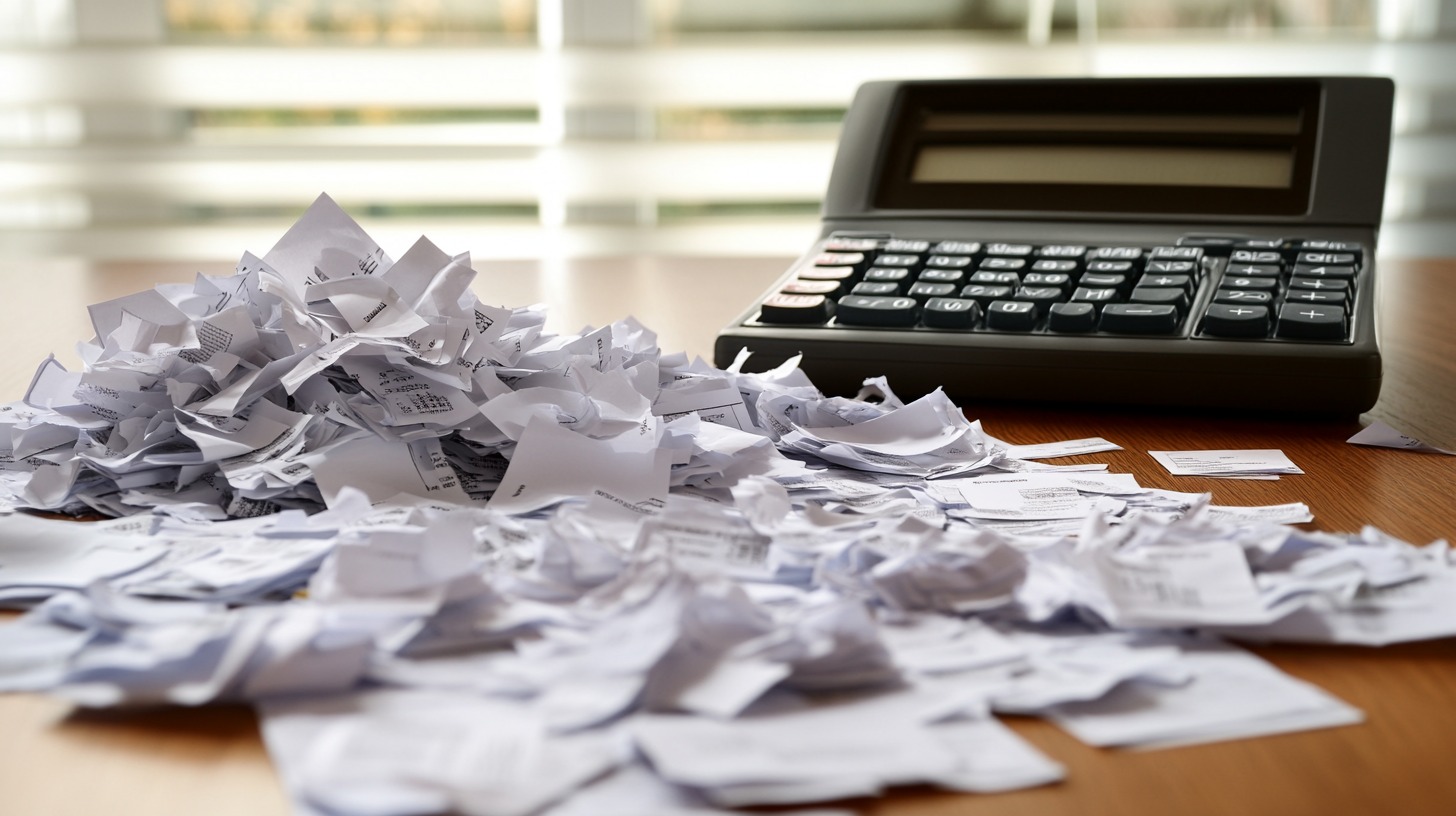
A 20×20 multiplication table simplifies calculations by providing immediate answers without the need for mental computation.
Users can scan the chart to find the product of any two numbers between 1 and 20.
- Exams – Quick reference without lengthy calculations.
- Budgeting – Multiplying prices for bulk purchases.
- Construction and engineering – Calculating dimensions, materials, and measurements.
- Mental math challenges – Strengthening calculation speed and memory recall.
Regular practice with this table enhances recall ability and improves mathematical confidence. By repeatedly referencing the chart, individuals can internalize multiplication facts and increase their problem-solving speed.
Learning Strategies for Multiplication Tables
Mastering multiplication tables is essential for quick and efficient mathematical calculations. Different learning strategies can help individuals memorize these tables effectively.
By using various methods such as skip counting, repetition, writing practice, and recognizing number patterns, learners can improve recall and boost their confidence in handling numbers.
Skip Counting Method
Skip counting involves counting forward by a fixed number, such as 2, 3, or 5. This method helps in recognizing multiplication patterns naturally. For example, when learning the table of 3, reciting 3, 6, 9, 12, 15 reinforces the multiples of 3 without requiring direct calculation.
This technique builds fluency and is particularly useful for younger learners who are beginning to grasp multiplication concepts.
A practical way to use this method is through chanting numbers rhythmically or clapping along with each step. Skip counting songs or games can also make the process more engaging, allowing learners to internalize the numbers without feeling overwhelmed.
The more a student practices skip counting, the easier it becomes to recall multiplication facts quickly.
Recitation and Repetition
Repeating multiplication tables aloud strengthens memory and reinforces learning. Saying equations out loud, such as “6 × 7 = 42” multiple times, can help commit the fact to memory. Flashcards, interactive apps, and verbal drills are great tools to enhance repetition-based learning.
One proven method is the “look, say, cover, write, and check” technique. The learner looks at the multiplication fact, says it aloud, covers it, attempts to write it from memory, and then checks for accuracy.
To maintain long-term retention, regular practice is necessary. Even reviewing multiplication tables for a few minutes each day can significantly improve memory retention over time.
Writing and Practicing
Physically writing multiplication tables is one of the most effective ways to reinforce learning. The act of writing engages muscle memory, making it easier to recall numbers automatically. Worksheets, notebooks, and whiteboards are great tools for practicing multiplication repeatedly.
Timed drills are another useful method. Setting a short time limit to complete a table enhances speed and accuracy, mimicking the fast recall needed in real-world problem-solving situations. Additionally, copying multiplication tables by hand rather than typing them helps learners engage with the material in a more meaningful way.
For extra reinforcement, teachers and parents can encourage learners to fill out blank multiplication grids. These exercises help identify which numbers need more attention while reinforcing memorized facts.
Identifying Patterns and Tricks
Recognizing number patterns makes learning multiplication tables much easier.
- Multiples of 5 always end in either 0 or 5 (e.g., 5, 10, 15, 20, 25).
- Multiples of 9 follow a digit sum pattern (e.g., 9, 18, 27, 36, where the sum of digits is always 9).
- Multiplication by 10 simply involves adding a zero to the end of a number (e.g., 6 × 10 = 60).
- The “finger trick” for 9s helps students quickly recall multiplication facts for 9 using their hands
By understanding and applying these tricks, learners can reduce the effort needed to memorize facts and instead rely on patterns to derive answers quickly.
Applications of Multiplication Tables

Multiplication tables serve as a foundation for numerous real-world tasks and academic disciplines.
They streamline calculations, improve problem-solving efficiency, and help individuals handle numbers more effectively.
Whether managing daily finances, tackling complex mathematical problems, or preparing for competitive exams, a strong grasp of multiplication enhances confidence and speed in numerical operations.
Everyday Uses (Shopping, Budgeting, etc.)
Multiplication is essential in everyday financial decisions, particularly in shopping and budgeting.
When purchasing multiple units of an item, quick multiplication determines the total cost instantly.
For example, if a single grocery item costs $3 and a shopper buys six, knowing that 3 × 6 = 18 eliminates the need for a calculator.
- Understanding multiplication allows for quick price comparisons between single-item purchases and bulk deals. If a pack of five costs $20, but a single unit is priced at $5, a simple calculation (5 × 5 = 25) confirms that buying in bulk is more economical.
- Preparing meals for a large group often involves scaling up ingredient quantities. If a recipe serves four but needs to feed twelve, multiplying each ingredient amount by three ensures accuracy.
- Multiplication helps in scheduling and organizing tasks efficiently, such as calculating total work hours in a week (8 hours × 5 days = 40 hours).
Role in Advanced Mathematics (Algebra, Fractions, etc.)
Multiplication plays a major role in algebra, fractions, and higher-level math concepts.
- Multiplication is used in factoring, expanding expressions, and solving equations. For example, the distributive property (a × (b + c) = a × b + a × c) relies on multiplication fluency.
- Simplifying, multiplying, and dividing fractions all depend on multiplication. For instance, multiplying 2/3 × 5/4 requires multiplying numerators and denominators (2 × 5 = 10, 3 × 4 = 12), leading to 10/12.
- Calculating areas and volumes involves multiplication. Finding the area of a rectangle (length × width) or the volume of a box (length × width × height) requires table knowledge for quick calculations.
Mastery of multiplication supports overall mathematical fluency, allowing students to handle equations, ratios, and geometric problems with ease.
Importance in Competitive Exams and Mental Math
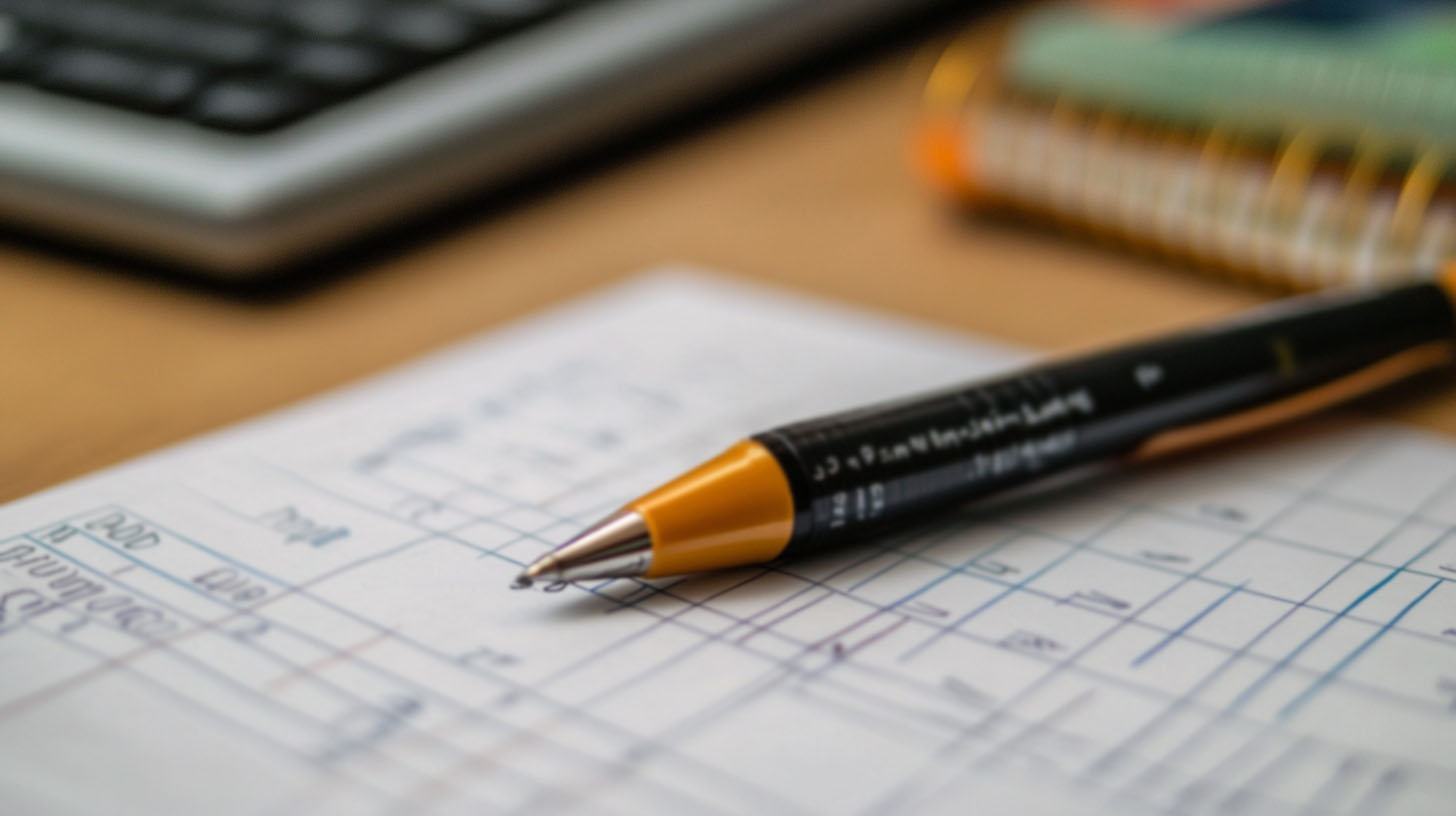
Speed and accuracy in multiplication are critical in standardized tests and real-world problem-solving.
Many timed exams, including entrance tests, aptitude assessments, and professional certification exams, incorporate multiplication-based questions that require quick thinking.
- In exams with limited time, those who recall multiplication facts instantly solve problems faster, leaving more time for complex questions. For example, solving 45 × 7 mentally instead of manually calculating step by step saves valuable seconds.
- Regular practice with multiplication strengthens mental arithmetic, a skill highly valued in fields like finance, engineering, and data analysis. Professionals who handle numbers daily benefit from performing quick calculations without relying on a calculator.
- Competitive exams often include word problems requiring logical reasoning. Recognizing multiplication patterns and applying them strategically improves problem-solving efficiency.
FAQs
The Bottom Line
Multiplication tables provide the groundwork for effective mathematical thinking.
Developing multiplication fluency enhances problem-solving abilities and builds confidence in dealing with numbers.
Regular practice and strategic learning methods contribute to long-term mastery. Resources such as charts, apps, and flashcards can support ongoing learning.






